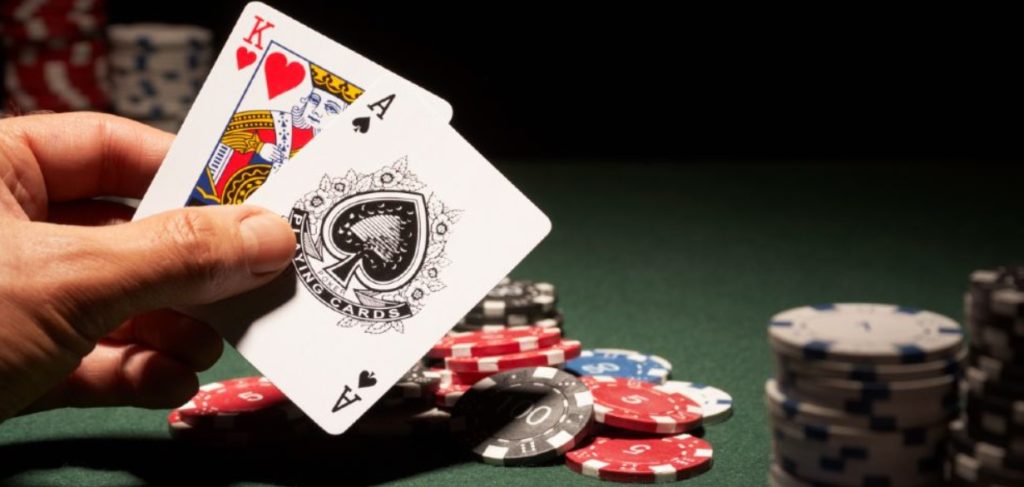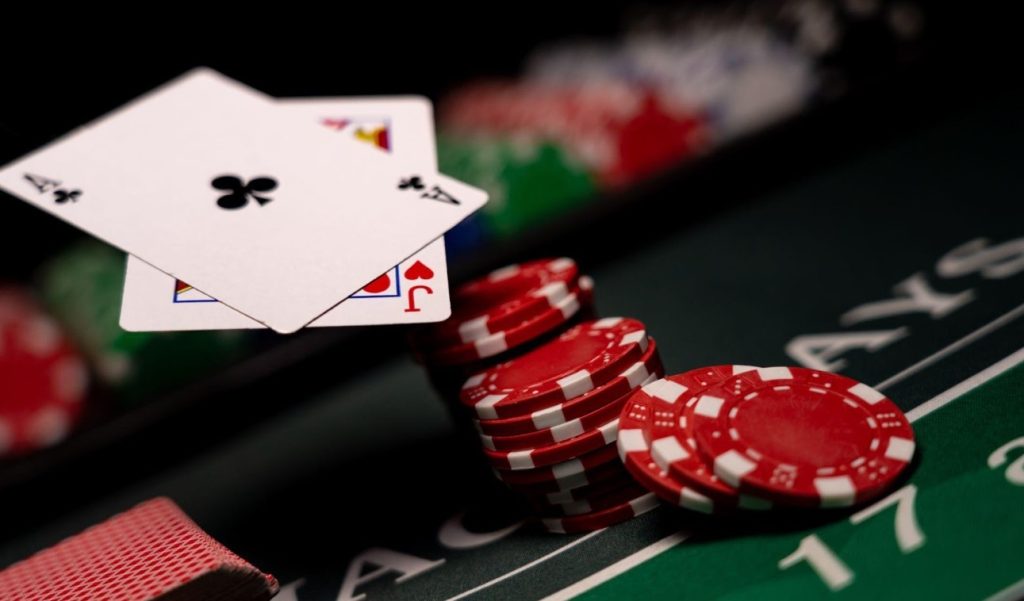Blackjack Overview: Rules And Varieties
Blackjack is one of the most popular casino games worldwide, beloved for its simplicity, strategy, and excitement. Whether you’re a beginner just learning how to play or a seasoned player honing your skills, understanding the blackjack rules and developing your blackjack strategy are key to success. In this comprehensive blackjack guide, we’ll explore the game’s history, rules, strategies, and modern variations, as well as provide tips for players seeking to improve their game. Let’s dive into the fascinating world of blackjack and discover why this 21-card game has captured the hearts of millions.

What is Blackjack?
At its core, blackjack is a 21 card game where players aim to beat the dealer by having a hand value closer to 21 without exceeding that number. The game is typically played with one or more standard decks of 52 cards, and each card has a specific value that contributes to the overall score of a player’s hand.
Blackjack Card Values
Understanding the blackjack card values is crucial to learning how to play blackjack. In blackjack, the cards from 2 to 10 are worth their face value, while face cards (Kings, Queens, and Jacks) are each worth 10 points. Aces can be worth either 1 or 11 points, depending on which value is more favorable for the player’s hand. For example, if you have an Ace and a 7, your hand could be worth either 8 or 18, depending on the situation.
The object of the game is simple: draw cards that add up to 21 or as close as possible without going over. If you exceed 21, you “bust” and automatically lose the round.
Brief History of the Game
The origins of blackjack are not entirely clear, but the game can trace its roots back to the 17th century. One of the earliest references to 21 comes from a Spanish game called “ventiuna,” which translates to “twenty-one.” This precursor to 21 was mentioned in a story by the famous author Miguel de Cervantes, best known for his novel “Don Quixote.”
Over time, this 21-card game spread across Europe, evolving into different forms in various countries. When 21made its way to America, the game gained tremendous popularity, especially in the burgeoning casinos of Las Vegas. The name “21” originated from a special rule in early American casinos, where players were given a bonus payout if their hand included the Ace of Spades and a black Jack (either the Jack of Spades or the Jack of Clubs).
Today, 21is a staple in both land-based and online casinos, with various versions of the game appealing to different types of players.
The Main Objectives of the Game
The primary objective in 21 is to defeat the dealer by having a hand value closer to 21 without exceeding it. Players have a few different ways to achieve this:
- Getting a natural blackjack: This occurs when a player is dealt an Ace and a 10-value card (10, Jack, Queen, or King) as their first two cards. This is the strongest possible hand and results in an automatic win unless the dealer also has a 21, in which case it’s a push (tie).
- Outscoring the dealer: If neither the player nor the dealer has a blackjack, the goal is to have a hand value higher than the dealer’s without going over 21.
- Forcing the dealer to bust: If the dealer’s hand exceeds 21, all remaining players in the round automatically win.
These objectives, combined with the balance of strategy and luck, make blackjack a thrilling game that appeals to a wide range of players.

Rules of the Game
To succeed in 21, you must first understand the blackjack rules. Although the basic mechanics are simple, mastering the nuances is what sets experienced players apart from beginners.
Basic Gameplay
- The Deal: Blackjack is played between the dealer and one or more players. Each player is dealt two cards, typically face-up, while the dealer receives one card face-up (known as the upcard) and one card face-down (the hole card).
- Player’s Turn: After the initial deal, players take turns deciding how to play their hands. Players can choose to:
- Hit: Take an additional card in an attempt to improve the hand’s value.
- Stand: Keep the current hand and end their turn.
- Double Down: Double the initial bet and receive one additional card.
- Split: If the player’s first two cards are of equal value, they can split them into two separate hands, each with its own bet.
- Surrender: Some variations of 21 allow players to forfeit half their bet and end the round before any further cards are drawn.
- Dealer’s Turn: Once all players have completed their turns, the dealer reveals their hole card. The dealer must hit until their hand totals at least 17 (or higher, depending on the casino’s house rules). If the dealer busts, all remaining players win the round.
- Payouts: Winning hands are usually paid at a rate of 1:1, except for a natural blackjack, which typically pays out at 3:2. A solid blackjack strategy can significantly improve your odds in the 21 card game, especially if you’re familiar with the rules of blackjack and how to adjust your approach based on the dealer’s cards.
Additional Blackjack Rules
Different casinos and 21 tables may feature slightly different rules, which can affect your overall strategy. For instance, some tables may allow “late surrender,” while others do not. Similarly, the number of decks used in a game can vary, and this can impact your odds. Familiarizing yourself with the specific black jack rules at the table you’re playing at is essential for maximizing your chances of winning.
Basic Strategies of the Game
To excel at 21, players need more than just luck—they need strategy. One of the key components to winning is learning and implementing blackjack basic strategy. This blackjack guide will introduce you to some foundational strategies that can improve your chances of success.
Basic Strategy Blackjack
The basic strategy blackjack players rely on is a mathematically proven approach to playing the game. By following this strategy, players can reduce the house edge and make more informed decisions based on the cards they are dealt. Basic strategy charts tell players the optimal move (hit, stand, double down, or split) for every possible hand combination, based on the dealer’s upcard.
For instance, if you have a hard 16 (no Aces) and the dealer shows a 10, the basic strategy suggests you should hit, as the likelihood of the dealer having a stronger hand is high. Conversely, if the dealer is showing a lower upcard (such as a 5 or 6), you should stand, as there is a greater chance the dealer will bust.
- Spanish 21: This variation uses a deck with all the 10s removed, making it more challenging for players to hit a natural 21. However, players are given more flexibility in other areas, such as being allowed to double down after splitting.
- Pontoon: A British variation of 21, Pontoon has similar gameplay but uses different terminology (e.g., “twist” instead of “hit” and “stick” instead of “stand”).
- Blackjack Switch: In this version, players are dealt two hands and have the option to switch the top cards between hands. While this offers more strategic possibilities, the payout for a natural 21 is reduced to 1:1.
Virtual and Mobile Versions of Blackjack
In the digital age, 21 has adapted to new platforms, allowing players to enjoy the game virtually from the comfort of their homes or on the go. Online casinos offer a wide variety of 21games, including live dealer options where players can interact with real dealers via video stream.
Virtual Blackjack
Virtual blackjack games use random number generators (RNGs) to simulate the dealing of cards. These games are perfect for players looking to practice their skills or try out new strategies without the pressure of a live game. The rules of blackjack in these virtual games generally follow the same standards as their physical counterparts.
Mobile Blackjack
With the rise of smartphones and mobile apps, players can now enjoy blackjack wherever they are. Mobile 21 games offer convenience and accessibility, allowing players to jump into a quick game during a break or on their commute. These games often come with various themes and rule sets, so players can choose the version that best suits their preferences. Before diving into the 21 card game, it’s essential to understand the blackjack card values, as this will help you make smarter decisions when learning how to play 21.
Tips for Players
Whether you’re new to 21 or a seasoned veteran, there are always ways to improve your game. Here are some essential tips to help you play smarter and increase your chances of winning:
- Learn the Basic Strategy: As mentioned earlier, following a blackjack basic strategy can significantly reduce the house edge and improve your overall performance. Study the strategy charts and commit them to memory so you can make optimal decisions during gameplay.
- Manage Your Bankroll: Like any casino game, 21 involves a degree of luck. To avoid losing more than you can afford, set a budget before you start playing and stick to it. This will help you enjoy the game without the stress of financial worry.
- Pay Attention to the Dealer’s Upcard: Your decisions should always be influenced by the dealer’s upcard. For example, if the dealer shows a weak card (like a 5 or 6), you might want to stand on lower totals because there’s a higher chance the dealer will bust. When following the basic strategy blackjack method, knowing the specific black jack rules at your table is key to maximizing your chances of success, particularly when practicing how to play 21 effectively.
- Know When to Walk Away: Winning streaks are exhilarating, but they don’t last forever. Likewise, if you’re on a losing streak, it’s best not to chase your losses. Set a limit for both wins and losses, and stick to it.
- Practice Makes Perfect: If you’re new to 21or trying to master a new strategy, consider playing free games online. These give you the chance to practice without risking real money, helping you become more confident before hitting the casino floor.
- Understand the Rules of the Table: Different tables may have different black jack rules, which can impact your strategy. Always familiarize yourself with the table’s rules before you start playing, especially when it comes to payout rates, surrender options, and doubling down policies.
Conclusion
Blackjack is a game of both chance and skill, offering players the thrill of decision-making while testing their ability to think strategically. By understanding the blackjack rules, mastering the basic strategy blackjack principles, and staying mindful of the dealer’s actions, you can improve your chances of winning and enjoy the game to its fullest. Whether you’re playing at a casino, online, or on your mobile device, this blackjack guide has provided you with the foundation needed to succeed in this classic 21-card game.
